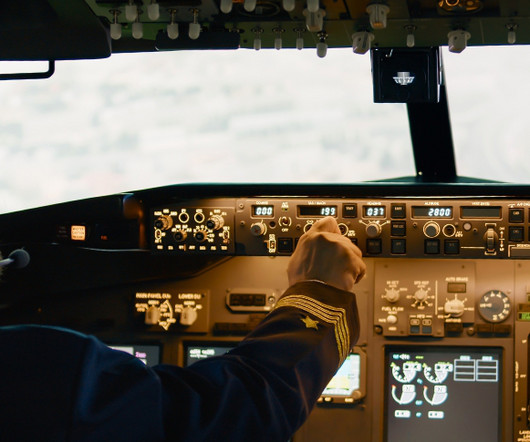We Fly: Epic E1000 AX
Flying Magazine
JULY 22, 2025
Full-fuel payload is a whopping 1,150 pounds, and max landing weight is 7,600. We consider that reassuring when the weather becomes turbulent. When that big Hartzell prop flattens out, it produces a lot of drag that lets one nicely fine-tune speed and rate of descent. Once we canceled IFR, we spent some time hand-flying the AX.











Let's personalize your content